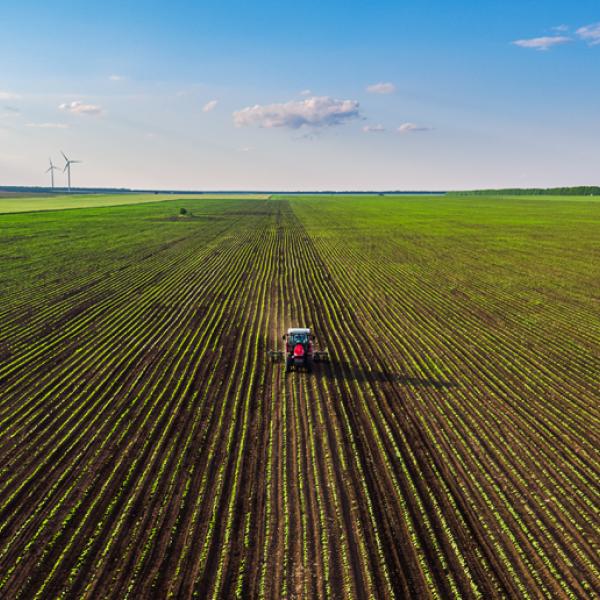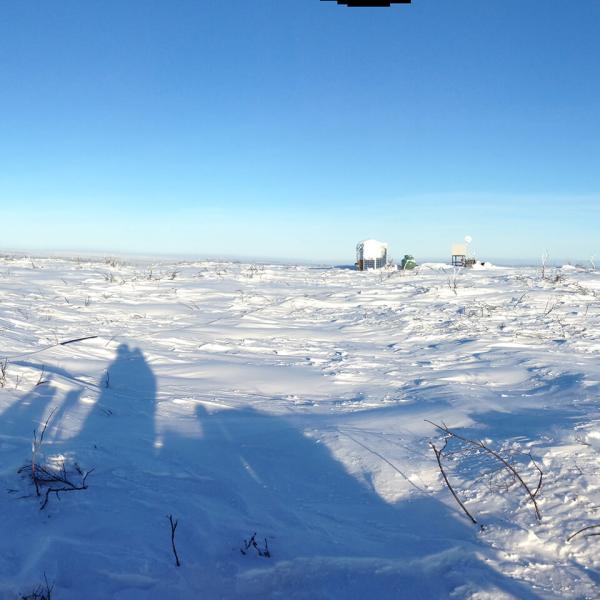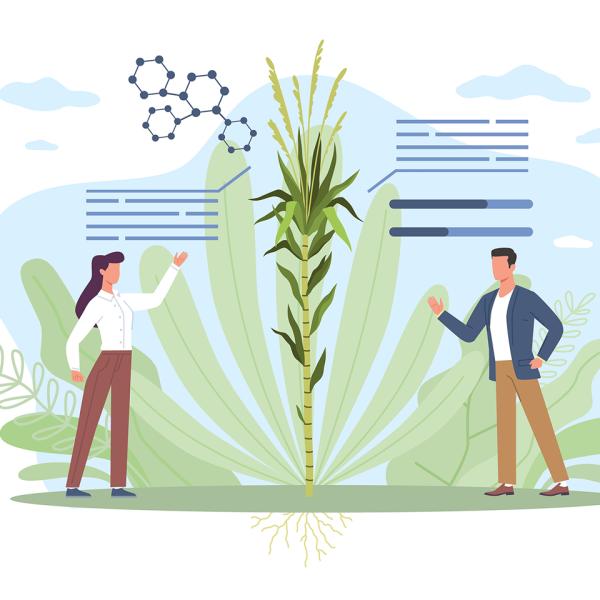Several years ago when biosystems engineer Qiang Zhang read a report on food insecurity in Canada's north, a light turned on.
“We've got a solution,” says Zhang, who has been thinking about greenhouse design for almost two decades.
With CFI support, Zhang has turned his vision into a nearly complete prototype of the world's first all-in-one, low-cost, energy efficient greenhouse developed for an extreme northern climate.
“We are developing a system that we can pack in a shipping container, ship it to the north and the container becomes part of the structure,” says Zhang, a professor in the Department of Biosystems Engineering at the University of Manitoba.
In his design, the shipping container becomes the greenhouse’s north wall, acting as a heat storage and as an anchor for the clear plastic wall on the south side. The container itself can be used as a growth chamber or to house an energy conversion system to convert local biomass, whether woodchips or solid waste, to energy for heat and power for the greenhouse.
The heart of the system is a unique, ultra-high-efficiency boiler-generator, powered by pellets, producing both the greenhouse’s heat and electricity. Each greenhouse could ship with its own do-it-yourself pellet-making facility.
“It will take the local raw material, whether it’s solid waste or wood, and process it into pellets,” says Zhang. “And we have a set of energy efficient LED lights specially designed for growing greenhouse plants.”
Before proof-of-concept his team still has to grow a first crop, and partner with a northern Manitoba community of several hundred to test-drive the new system.
But, Zhang says, if it takes root, “hopefully it will be suitable for application across the North.”
Return to the Feeding the country’s need for new knowledge in agriculture collection





